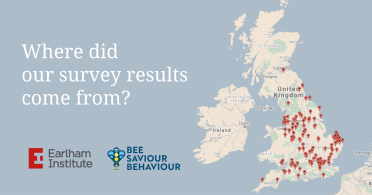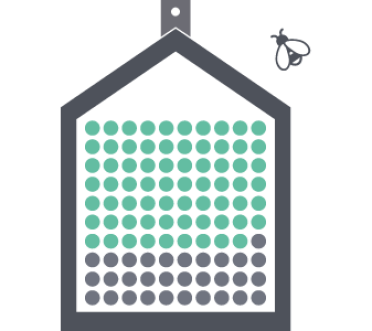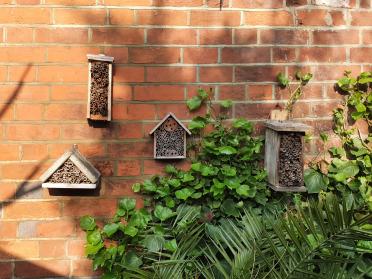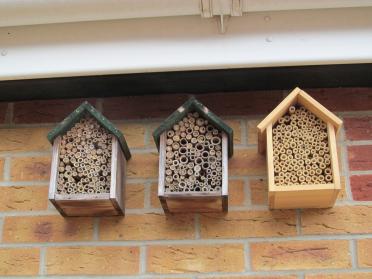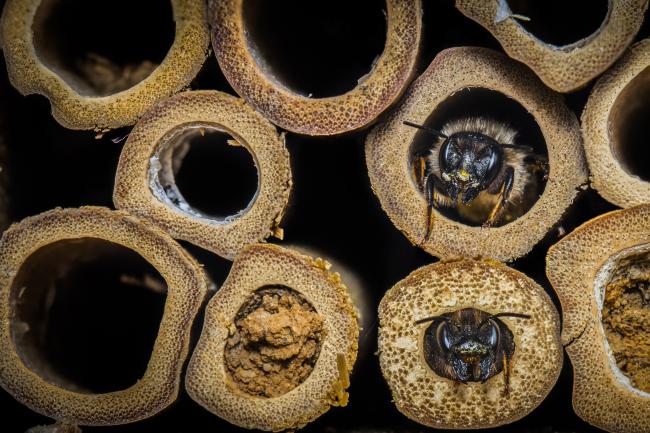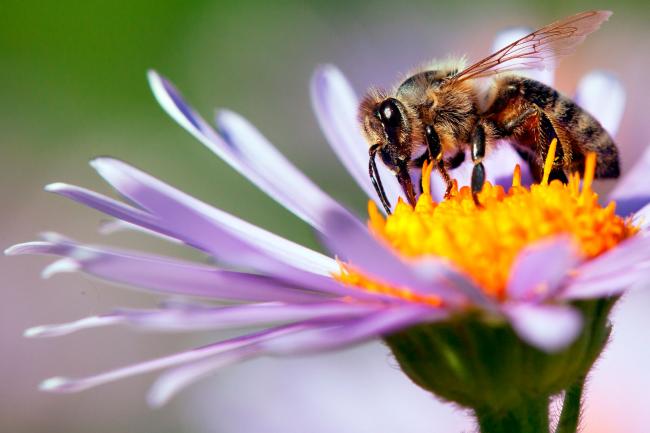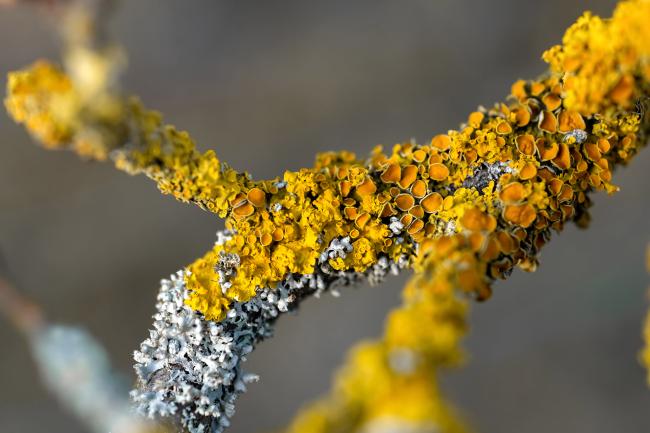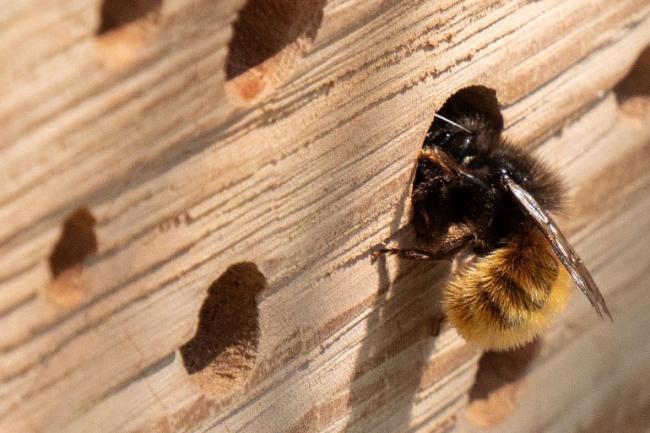Another pleasing result was that most people seemed to be able to offer bees tubes of 100mm or more, which is really important for the male to female ratio of bees, as Bee Saviour Behaviour Founder Dan Harris explains:
“Solitary bees have a strategy for maximising the growth of future populations of their species, and nesting tubes of over 100mm allow them to take full advantage of this strategy.
“Laying several eggs in each nesting tube, a solitary bee will start with female eggs, laying as many as the length of the nesting tube will allow, and will finish filling the nesting tube with one male egg closest to the open end of the tube. This male bee will be the first to emerge and will have an easy exit from the tube, but during its time in the tube it will have also been protecting the female eggs. Its position as the first egg in the nesting tube makes it the most vulnerable to predators and so if the nest comes under attack it will be the male that will be lost rather than the more valuable egg-laying females.”
So for bee hotel nesting tubes, size does matter!

